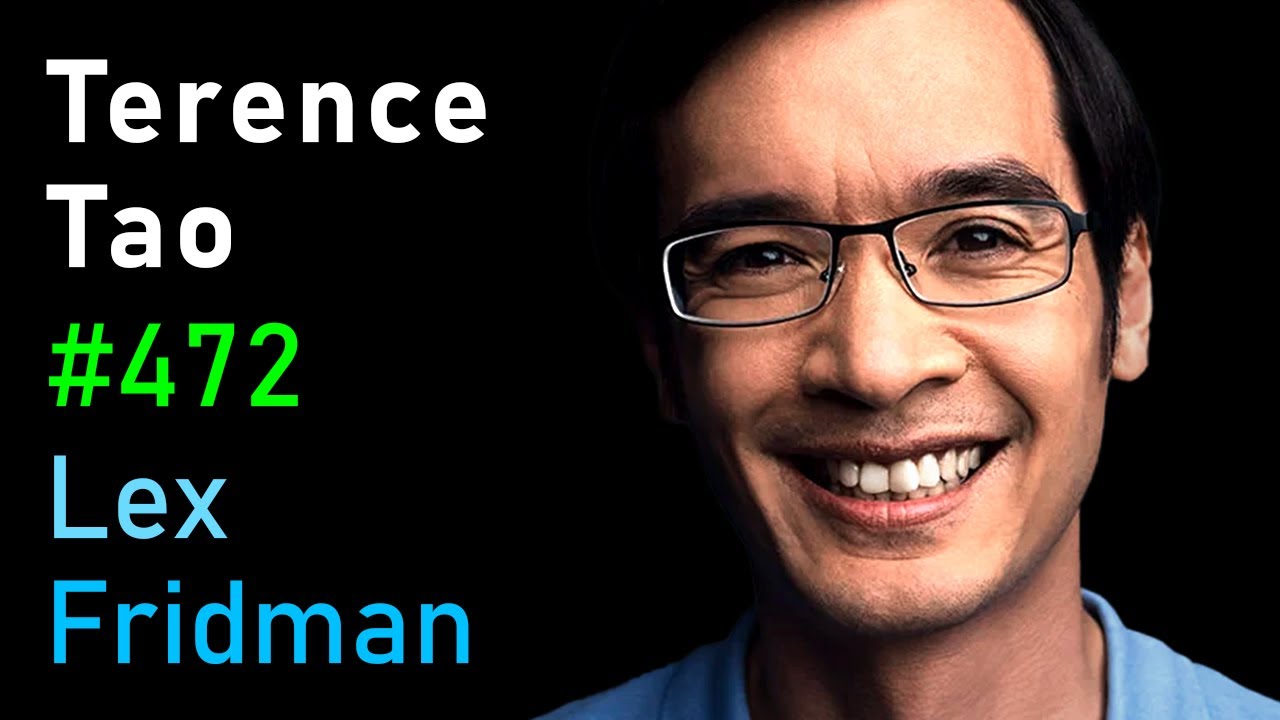In this insightful discussion, Terence Tao explores some of the most difficult problems in mathematics and physics, the evolving role of AI and formal proof systems in advancing mathematical research, and the deep connections between computation, fluid dynamics, and prime number theory. He also reflects on the philosophical beauty of mathematics, the importance of collaboration and diverse problem-solving approaches, and expresses optimism about the future integration of AI and human creativity in tackling profound scientific challenges.
In this profound conversation with Terence Tao, widely regarded as one of the greatest mathematicians of our time, Tao delves into some of the most challenging problems in mathematics and physics, including the Navier-Stokes regularity problem, the twin prime conjecture, and the Collatz conjecture. He explains the intricate nature of these problems, highlighting the delicate balance between nonlinear and linear forces in equations governing fluid dynamics and the complexity of prime number distribution. Tao emphasizes the significance of understanding the boundary between solvable and unsolvable problems and shares insights into his own research, such as constructing scenarios that demonstrate finite-time blowup in modified Navier-Stokes equations, which helps delineate the limits of current mathematical techniques.
Tao also discusses the interplay between mathematics, physics, and computation, illustrating how concepts from cellular automata and computational theory inspire approaches to fluid dynamics problems. He explains the potential of viewing fluid flow as a form of analog computation, which could theoretically simulate complex machines and even self-replicate, drawing parallels to the famous Game of Life cellular automaton. This perspective opens new avenues for understanding turbulence and singularities in fluids, though Tao acknowledges the immense challenges and current limitations in realizing such models physically or mathematically.
The conversation further explores the evolving role of computer-assisted proofs and formal verification in mathematics, with Tao sharing his experiences using the Lean proof assistant. He highlights how formalization can increase rigor, facilitate collaboration, and accelerate updates to complex proofs, despite the current overhead compared to traditional pen-and-paper methods. Tao envisions a future where AI and formal proof systems synergize to transform mathematical research, enabling large-scale collaborative projects and experimental mathematics that were previously infeasible. He also reflects on the challenges AI faces in mathematics, such as error detection and the difficulty of mapping natural language to formal proofs, while expressing optimism about AI’s growing role in assisting mathematicians.
On a philosophical level, Tao reflects on the nature of mathematical beauty, the unreasonable effectiveness of mathematics in describing the universe, and the ongoing quest to unify physics theories like quantum mechanics and general relativity. He discusses the importance of abstraction, analogy, and the search for deep connections across disparate fields of mathematics. Tao also shares personal insights into his problem-solving approach, emphasizing strategic simplification, the value of exploring multiple perspectives, and the balance between focused depth and broad exploration in mathematical research.
Finally, Tao offers thoughtful perspectives on the human aspects of mathematics and science, including collaboration, mentorship, and the emotional challenges of tackling difficult problems. He praises the contributions of solitary geniuses like Grigori Perelman while advocating for diverse styles of mathematical thinking and the importance of adaptability in education and career paths. Tao expresses hope for the future of mathematics and human civilization, inspired by the creativity of younger generations and the accelerating integration of AI and computational tools, while acknowledging the enduring mysteries and profound challenges that continue to drive mathematical inquiry.
